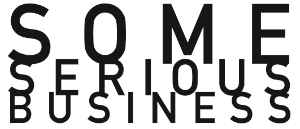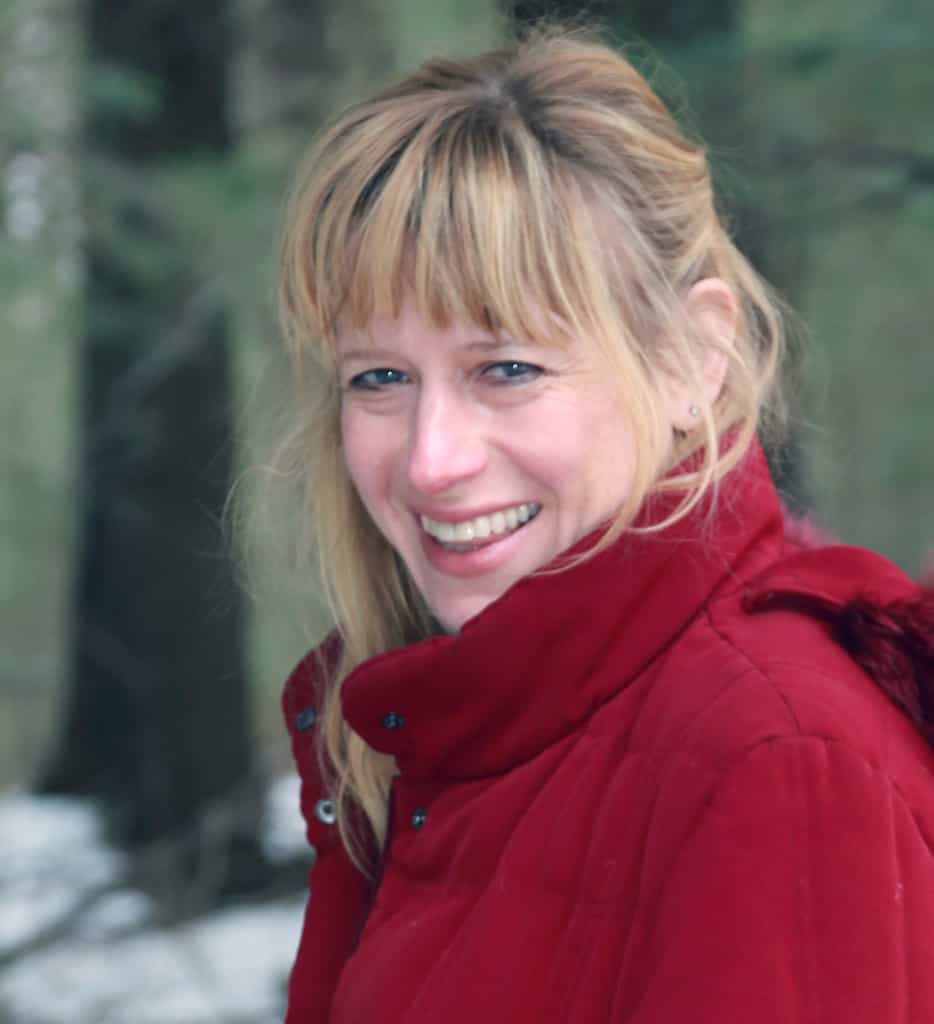Some Serious Business presents #FiftyQuestions to highlight folks who are creating, presenting, questioning and critiquing. Each featured artist picks a handful of questions to answer.
1- What event or factor in your life has been the most pivotal in your decision to become an artist?
My earliest memories, solidified by coming of age in the era of busing in Oakland and Berkeley, had to do with a sense of not belonging: my family had for millennia been chased out of every place it had lived, my father’s aunts and cousins killed in his very birthplace. As the third and quiet child in a vocal family, I found music, drawing, and dance to be the first, best ways to reach out and touch the world, expressing the sense of not belonging I had in almost every milieu. All along I read and wrote, but had the wrong sense that what came most easily to oneself was not exactly what one was supposed to do as a profession and so thought, coming from a family of scientists, that I should similarly go into science: my first year in college, a biology major, I took an astounding, mind-opening course in neuroethology, looking at motivation on the level of the cell, but failed to recognize members of my wolf pack in my classmates.
August Wilson has a line that says something like a man must rise every day and find the face of his god in the mirror, and so it is, I think, with finding one’s world and peers; I do think art is created in artistic cluster, and in science, I failed to find my cluster.
Not much later, I came to understand that so much of creativity rests on the principle of least resistance: think of water running downstream. I’ve come to think our job as artists is to have our egos get out of the way and let stories come through, and with this egolessness we stitch together community all the better.
This latest book probably stands as a document of not belonging: to the age one finds oneself, to the world. Each of the stories represents an attempt to answer the ruptures we know through merely growing older, or traveling different terrain, or moving within many circles. As a kid and beyond, I found solace in improvising for hours on the piano, later in dance and painting, and still believe that language aspires to the condition of music, as well as to the pleasures of the kinesthetic and visual. For this reason, many of the stories in this collection bear on them the imprint of improvisation, collaboration, and music. Not incidentally, an incredible collaborator, Kevin Salem, will soon have up a ‘score’ to the book, an album to be also called KINGDOM OF The YOUNG: www.kevinsalem.com
3- What has been the most significant challenge you’ve faced that you overcame to continue your art practice?
My daughter recently asked me: why are you so motivated to get me anything from anywhere in the house but you always like to borrow my napkin, and in her question I recalled how some of us are blessed or cursed with finding it easier to find motivation from the idea of doing things for others. So the question of making time away from life for my art, away from the urgencies of the world, still lingers for me. I am returning to a practice soon of turning off the Internet, that seductive sly fairy-ghost that lures us with its silver promise, until 1 pm each day. So often I begin the day feeling like a fireman: I have to go help them! When really, as my late father said to me often: ‘the graves are filled with indispensable men.” My dream life has a recurrent theme: people in trouble and I can save them if I only put out my hand, have others hold hands, and we are able to fly above whole populations.I must allay this feeling and then find in myself the child play of writing each day: this remains my challenge.
4- Describe your ideal workspace
Not dissimilar to a beautiful studio a friend loaned me in upstate New York when I was in final edits on Lola, California, the ideal space would have a large desk in a bare room, the ability to stand or dance around, with a cabinet of curiosities in the next room to spark ideas and a loft space for quiet thinking away from it all. In the final room would be a beautiful book-lined library in which one could read, dream, nap.
I did find a studio at Macdowell Colony (New Jersey) also an ideal space: a large window looking out at trees, a bareness, the idea of retreating from the world and yet connected to the wonder in nature.
5- What one sentence do you hope describes how your art practice will be recorded in history, and why?
Perhaps that I worked to explode the form and that my stories helped energize those of others. My hope is to engage with timeless issues through the particular prism of a given historical milieu.
6- In thinking of the lulls and gaps or lost places in your practice over the years, who or what has re-energized you?
My friend, a poet, reminds me of the importance of feeding the underground tributaries of one’s art: the playfulness, the richness of the life surrounding the art. Another friend has been for years an ideal reader, an imagined reader. Having children may have also helped anchor some of the existential dread I had so that art could have its own gravitational course.
7- What project of yours do you personally consider your most satisfying, and why – regardless of external support or accolades?
Crawl Space, since I began it to try to speak of my sense of evil and guilt and also found a way to have readers question their own moral sympathies and complicity while reading. Lola, California, too, since, while it is not autobiographical, speaks to the changing mores of the West Coast I know well, and I found it cathartic to write.
ABOUT EDIE MEIDAV
Called an “American original” by The Daily Beast, Edie Meidav is the author of KINGDOM OF THE YOUNG (2017), a collection of short fiction with a nonfiction coda, and the novelsLOLA, CALIFORNIA (FSG) and CRAWL SPACE (FSG). Honors for her work include a Lannan fellowship, Whiting research award, the Bard Fiction Prize, the Kafka Award for Best Novel by an American Woman, and Fulbright awards. She is currently teaching in the UMass Amherst MFA program.
Twitter: @lolacalifornia
Instagram: @meidav
Website: www.ediemeidav.com

